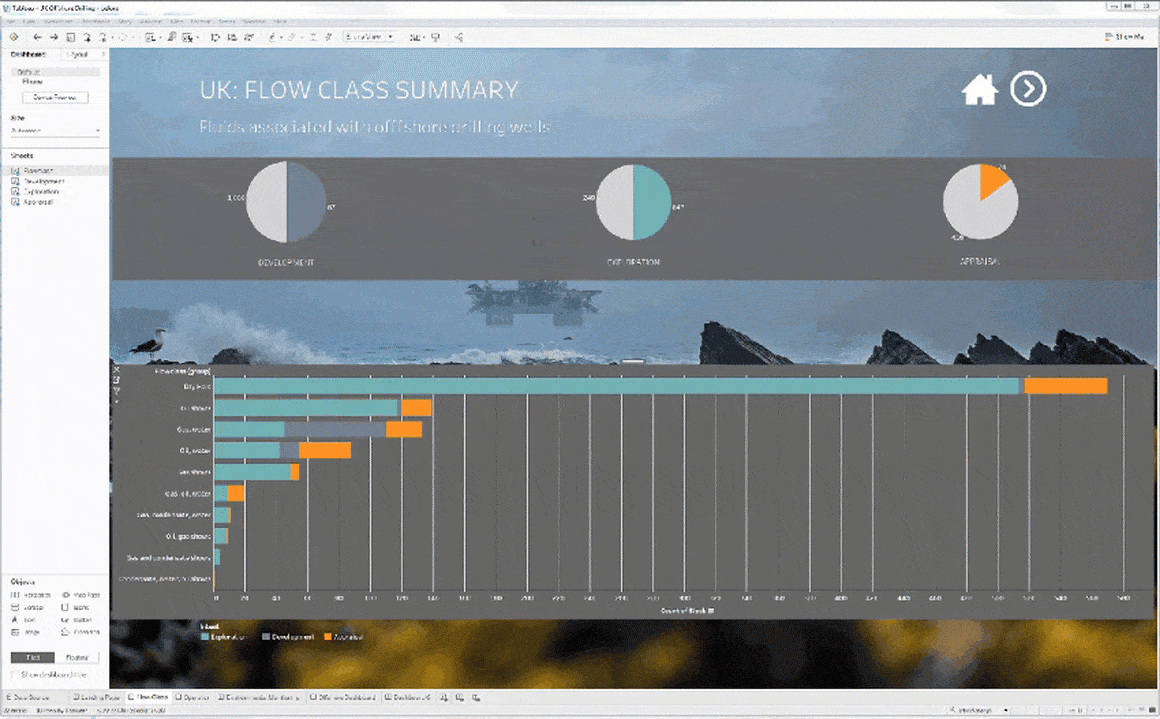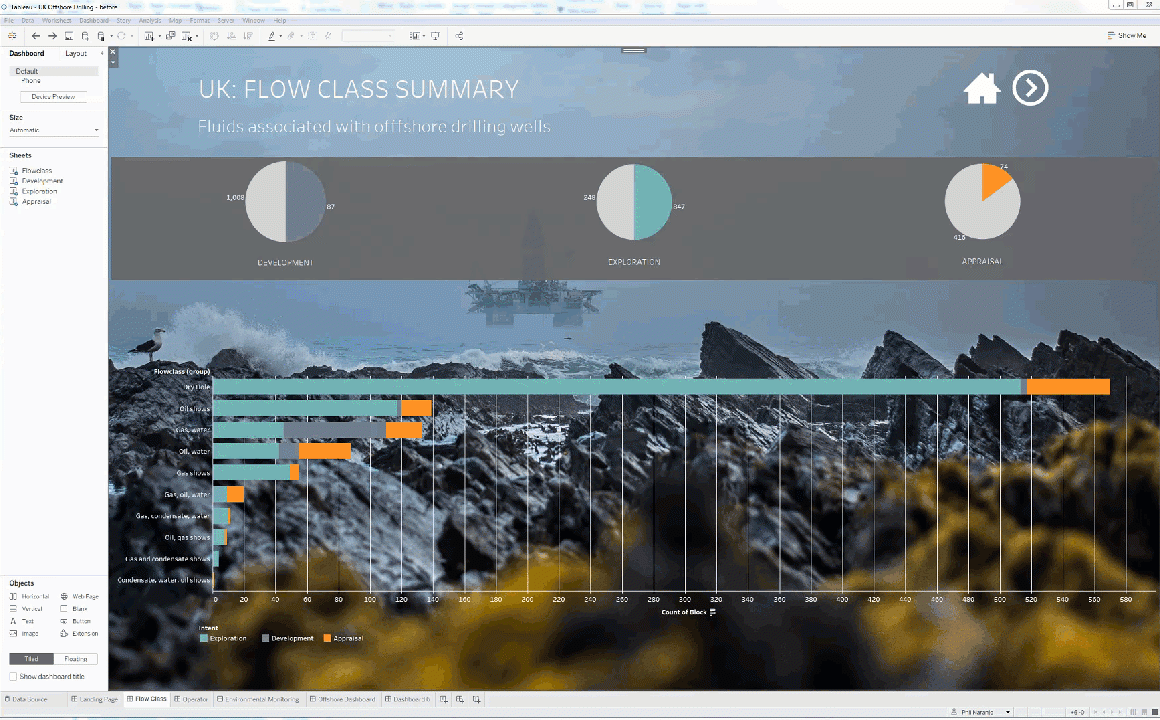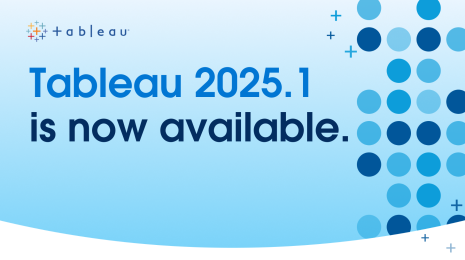Express your data artistry with transparent worksheets in Tableau
Unleash your inner data artist with transparent worksheet backgrounds in the newest Tableau release.
Unleash your inner data artist with transparent worksheet backgrounds in the newest Tableau release (2018.3). For added consistency, you can use this feature in combination with existing transparent filters, highlighters and parameters.
Make any worksheet background transparent (including maps) with just a few clicks. This allows you to align with company brand standards or be creative by adding a custom background image to your worksheet or dashboard.
How to create transparent worksheets
Start by selecting a worksheet. From the menu, choose Format. In the Formatting pane, set the Worksheet colour to None. You may want to adjust font colour to maximise readability.

To adjust the level of opacity, go to the dashboard Layout pane, select the worksheet and change the dashboard background colour opacity setting.

To make your background transparent for maps, it takes a few extra steps. To apply transparency, select the worksheet with the map visualisation. In the Formatting pane, set the Worksheet and Pane background colour to None. When creating a new map, Tableau will automatically set these colours.

Also turn off the borders and lines while you’re there. Next, in the menu, click Maps > Map layers. In the Map layers pane, remove the base layer, which is opaque.

If you are zoomed out, you probably want to turn on the coastline layer to see the geographical outline of land masses. Try turning other layers on and off to determine the best view for your analysis. Because the default Tableau map style has numerous layers that you can remove selectively, the viz type works well with transparency.
Here’s a dashboard that I created using this style:

Tips and tricks for working with transparent worksheets
Transparent worksheets open up a lot of exciting possibilities to express your creativity. Here are some other helpful tips to make the most of this feature:
Data first. Worksheet transparency enables you to create beautiful, stunning dashboards. However, keep in mind that the subject of your data should always drive the formatting, and analytical usefulness and readability should always come first. When choosing background images, ensure that those images aren’t obscuring axes, labels or marks. For starters, stick with visually simpler background images with long stretches of uniform colour like a blue sky, the sea, etc.
Layering worksheets Advanced authors may want to create layered vizzes by stacking multiple worksheets. It’s a compelling way to reveal insights by combining several visualisations into a single view. If you do, keep in mind that this feature makes the background transparent. It doesn’t auto-align and synchronise axes across layered worksheets.
Polishing lines To polish vizzes, you can remove some of the lines on your dashboard (row dividers, grid lines, etc). Alternatively, you can also change the line colour to optimise their contrast with respect to the background image. You can make these changes in the Formatting pane.
Adding background images. To add a background image, go to the bottom of the Dashboard pane and set the layout mode to Tiled. Next, double-click on the image object and choose an image. Use the fit and centre options to position your image. To eliminate white padding around the image, switch to the Layout pane and set the outer padding to zero pixels. Be mindful that very large images might impact dashboard load times when viewed from Tableau Server.
Captions & upgrade In some cases, when you upgrade to Tableau 2018.3, you may notice a change in your existing dashboards. In floated worksheets where captions are above an image or other item, the caption might be set to transparent. If you’d like to override this change, you can always manually change the caption background to opaque.
Start creating!
Worksheet transparency is a valuable tool for making beautiful dashboards with just a few clicks. It was a frequently requested feature on the Tableau community forums, and we are excited to see what creative possibilities it unlocks for you. If you’re looking for ideas for how to use this feature with your dashboards, make sure to check out the Tableau 2018.3 viz gallery for more examples of transparent dashboards.
Get the newest version of Tableau today, and if you’d like to be involved in future beta programmes to test new features, please sign up to participate!
Related stories
Subscribe to our blog
Get the latest Tableau updates in your inbox.








